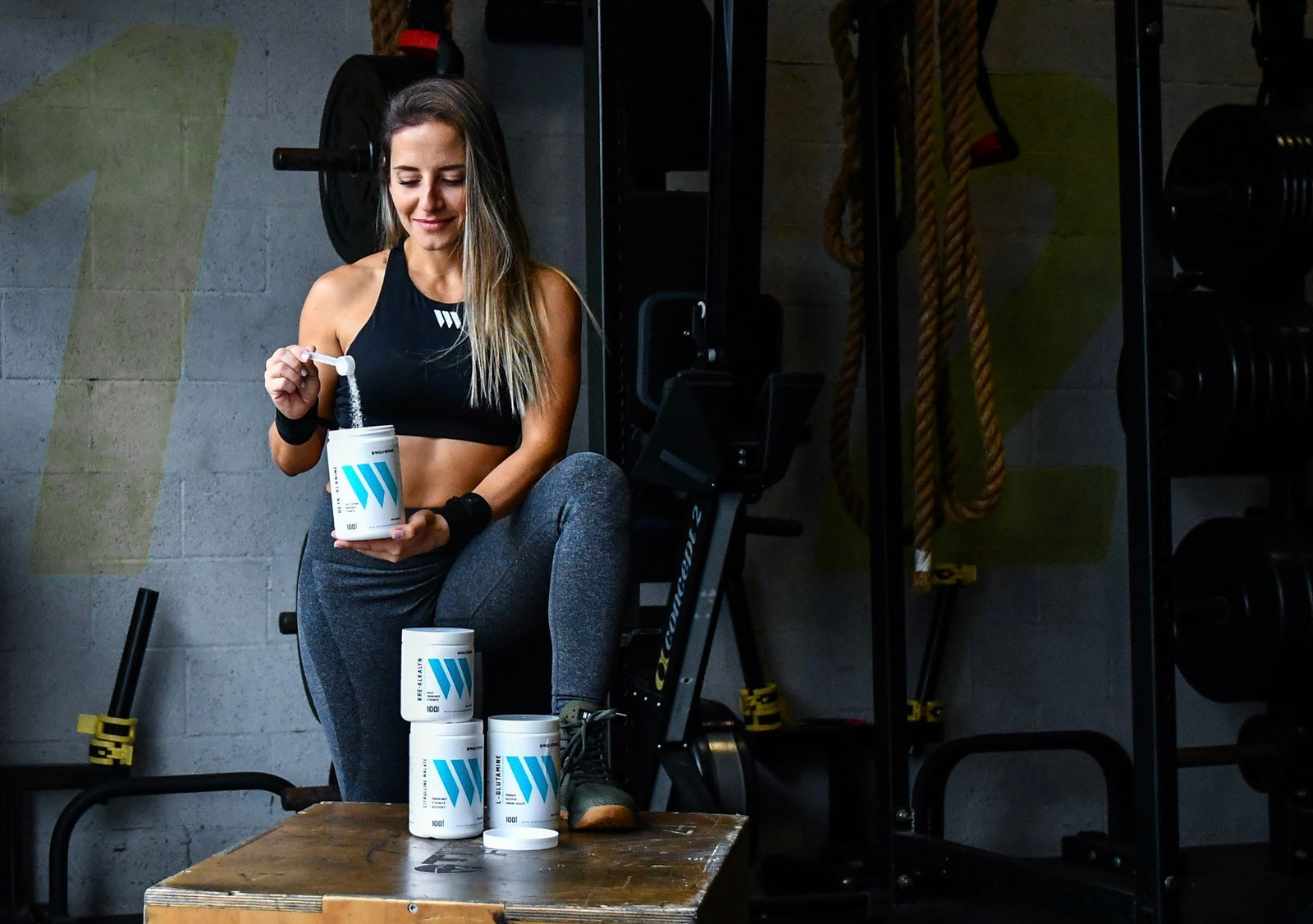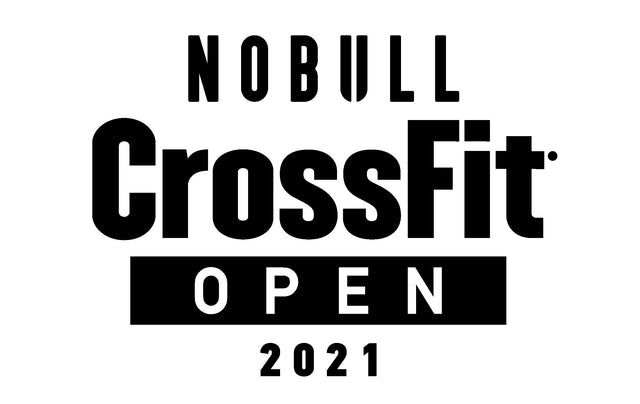Introduction: Creatine vs. Beta-Alanine — Which One Is Better?
If you're serious about building muscle, increasing strength, or pushing the limits of your training endurance, you’ve probably heard the hype around creatine and beta-alanine. They're two of the most researched, respected, and results-driven supplements in sports nutrition—but they don’t do the same thing.
So which one should you take? Better yet—should you take both?
In this breakdown, we're cutting through the noise and going deep into the science behind creatine vs. beta-alanine—how each works, what they do inside your body, and how they affect your performance, power, endurance, and recovery. We'll also explain why stacking them may be the ultimate move to take your training to the next level.
Let’s compare these two heavy-hitters head-to-head and see which one fits your goals—or why the combination might be exactly what your workouts are missing.
Creatine: The Fuel Behind Muscle, Power, and Performance
What Is Creatine?
Creatine is a combination of three amino acids: methionine, arginine, and glycine. It’s synthesized naturally in the liver, pancreas, and kidneys, and up to 95% of creatine is stored in skeletal muscle.
Once consumed, creatine is converted to phosphocreatine, which is used to regenerate adenosine triphosphate (ATP)—your body’s primary energy source during short bursts of high-intensity exercise (Kreider et al., 2017).
Why Take Creatine?
Creatine is one of the most extensively researched and clinically validated supplements available today. Supplementation supports:
-
✅ Muscle mass and strength gains
-
✅ Power output and sprint performance
-
✅ Enhanced training volume and intensity
-
✅ Cognitive and neurological health
-
✅ Muscle recovery and energy production
📖 RELATED ARTICLE: Pros And Cons Of Creatine Monohydrate
🧠 Cognition Note: Research suggests creatine can also benefit brain function by increasing brain phosphocreatine stores, improving short-term memory and mental fatigue resistance (Avgerinos et al., 2018).
Types of Creatine: What You Need to Know
Beyond creatine monohydrate, several variations are commonly marketed:
-
Creatine HCL (hydrochloride)
-
Creatine ethyl ester
-
Creatine nitrate
-
Buffered creatine (Kre-Alkalyn)
Despite marketing claims, most studies show no consistent advantage of these alternatives over monohydrate in terms of muscle growth or performance—except for Kre-Alkalyn, which shows promise in bioavailability and digestion (Jagim et al., 2012).
What Is Kre-Alkalyn and Why Is It Different?
Kre-Alkalyn is a pH-corrected form of creatine monohydrate, developed to reduce conversion to creatinine, a byproduct associated with bloating, cramping, and water retention.
Benefits of Kre-Alkalyn:
-
No loading phase required
-
Greater absorption and bioavailability
-
Fewer side effects (e.g., GI distress, bloating)
-
Enhanced strength and endurance potential
📖 RELATED ARTICLE: Kre-Alkalyn Vs Creatine Monohydrate: Which One Is Better?
The Creatine Loading Phase: Explained
Traditional creatine monohydrate supplementation requires a loading phase of around 10–15g daily for 5–7 days, followed by a maintenance dose of 3–5g per day (Buford et al., 2007). This loading phase ensures rapid muscle saturation, but many users experience GI upset and bloating due to poor absorption.
Kre-Alkalyn bypasses this step due to its superior stability in the stomach’s acidic environment, eliminating the need for loading or cycling (Rogerson, 2007).
Clinical Study: Kre-Alkalyn vs. Creatine Monohydrate
A double-blind controlled study evaluated the effects of Kre-Alkalyn and creatine monohydrate in 24 Olympic-level weightlifters. Participants took 5g per day for 8 weeks, and performance outcomes were measured in:
-
1RM Back Squat
-
Snatch
-
Clean and Jerk
-
High Snatch
Study Results:
-
Creatine Monohydrate Group:
Avg improvement = 8.39% -
Kre-Alkalyn Group:
Avg improvement = 10.76% -
Total lift performance was 28.25% higher in the Kre-Alkalyn group
📖 RELATED ARTICLE: The Ultimate Guide To Kre-Alkalyn Creatine
📚 Reference: Study cited in JISSN (2012)
Benefits of Creatine Supplementation
-
✅ Supports lean muscle mass and strength
-
✅ Boosts ATP regeneration and energy output
-
✅ Enhances sprint performance and high-intensity output
-
✅ Aids cognitive health and brain energy metabolism
-
✅ Improves training capacity and recovery time
📖 RELATED: What Is Beta-Alanine And What Does It Do?
Beta-Alanine: The Endurance-Boosting Amino Acid You Need
What Is Beta-Alanine?
Beta-Alanine is a non-essential beta-amino acid naturally produced by the body and found in foods such as chicken, beef, and fish. What sets it apart from other amino acids is its unique molecular structure: the amino group is bonded to the β carbon, not the typical α carbon found in standard amino acids.
While your body produces beta-alanine, diet alone isn’t sufficient to achieve the levels necessary for performance benefits. This is why supplementation—especially with clinically studied forms like CarnoSyn®—is widely recommended for athletes and strength trainers.
How Beta-Alanine Works During Exercise
When you engage in high-intensity or anaerobic training, your body breaks down carbohydrates for energy, leading to the production of lactic acid. This buildup of hydrogen ions (H⁺) causes muscle pH to drop—resulting in acidity, fatigue, and loss of power.
Beta-alanine increases muscle carnosine levels, which acts as a buffer to delay the acid buildup and extend muscular endurance. More carnosine = more work capacity = better gains.
📖 RELATED ARTICLE: The Best Supplement For Increasing Endurance
What Is Carnosine?
Carnosine is a dipeptide made from beta-alanine + L-histidine. It’s stored in muscle and acts as an intracellular buffer, reducing fatigue and helping muscles sustain contractions.
Benefits of Elevated Carnosine Levels:
-
Enhanced endurance
-
Improved muscle output
-
Increased time to fatigue
-
Faster recovery
📚 Reference: Derave et al., 2007 – Medicine & Science in Sports & Exercise
Research on Beta-Alanine and Carnosine Levels
Clinical trials have shown that beta-alanine supplementation increases muscle carnosine concentrations by:
-
✅ Up to 58% in 4 weeks
-
✅ Up to 80% in 10 weeks
📚 Reference: Harris et al., 2006 – Amino Acids
📖 RELATED ARTICLE: The Ultimate Guide To Beta-Alanine
Benefits of Beta-Alanine
-
✅ Improves endurance and work capacity
-
✅ Delays muscle fatigue and failure
-
✅ Increases power output
-
✅ Enhances performance in HIIT, sprinting, and lifting
-
✅ Optimizes recovery from high-intensity training
Creatine vs. Beta-Alanine: What's the Difference?
How They Work
-
Creatine enhances ATP production, increasing short-burst energy (e.g. 1RM lifts, sprints).
-
Beta-alanine boosts carnosine levels, buffering lactic acid and prolonging endurance and rep volume.
Molecular Structure
-
Creatine is a compound of three amino acids: arginine, glycine, methionine
-
Beta-Alanine is a single beta-amino acid
Food Sources
Both are found in animal proteins—but not at high enough concentrations to induce measurable performance gains. That’s where supplementation is necessary.
Stacking Creatine + Beta-Alanine: The Ultimate Combo
Together, creatine and beta-alanine are two of the most clinically validated sports performance supplements, with over 600 studies supporting their effectiveness (Trexler et al., 2015).
📖 RELATED ARTICLE: 5 Effective Ways To Optimize Your Training With Beta-Alanine
Study: Stacking Creatine and Beta-Alanine
A study published in the International Journal of Sport Nutrition and Exercise Metabolism examined 33 collegiate football players over a 10-week training program.
Study Groups:
-
Placebo (P)
-
Creatine only (C)
-
Creatine + Beta-Alanine (CA)
Findings:
-
CA group showed the greatest improvements in lean body mass, strength, and body fat reduction
-
Best performance increases were seen in bench press, squat, and Wingate anaerobic power tests
📚 Reference: Hoffman et al., 2006 – IJSNEM
Dosing: How to Take Creatine and Beta-Alanine
Creatine:
-
Loading phase: 10–15g/day for 5–7 days
-
Maintenance: 3–5g/day
-
Kre-Alkalyn: No loading required (pH-buffered for better absorption)
📚 Reference: Kreider et al., 2017 – JISSN
Beta-Alanine:
-
Minimum dose: 3.2g/day for 4 weeks
-
Optimal dose: 6.4g/day for enhanced performance
-
CarnoSyn® protocol: 179g over 28 days (~6.4g/day) for significant results
📚 Reference: Stout et al., 2008 – JISSN
💡 Note: Beta-alanine may cause a harmless tingling sensation (paresthesia). Spread dosing throughout the day if needed.
Conclusion: Creatine vs. Beta-Alanine — Why Not Both?
When it comes to performance, there’s no real rivalry here—creatine and beta-alanine don’t compete, they complement. One fuels your muscles with quick-access energy. The other buffers fatigue to help you train harder and longer. Together, they create the perfect storm for growth, endurance, and explosive power.
If your goal is to:
-
Lift heavier
-
Recover faster
-
Push more volume
-
Maximize both anaerobic strength and endurance
Then the best answer to “Creatine or Beta-Alanine?” is: Yes.
Stack them. Dose them smart. And watch your performance hit levels you didn’t think were possible.
Don’t pick one. Pick both—and dominate every set, every sprint, every rep.







